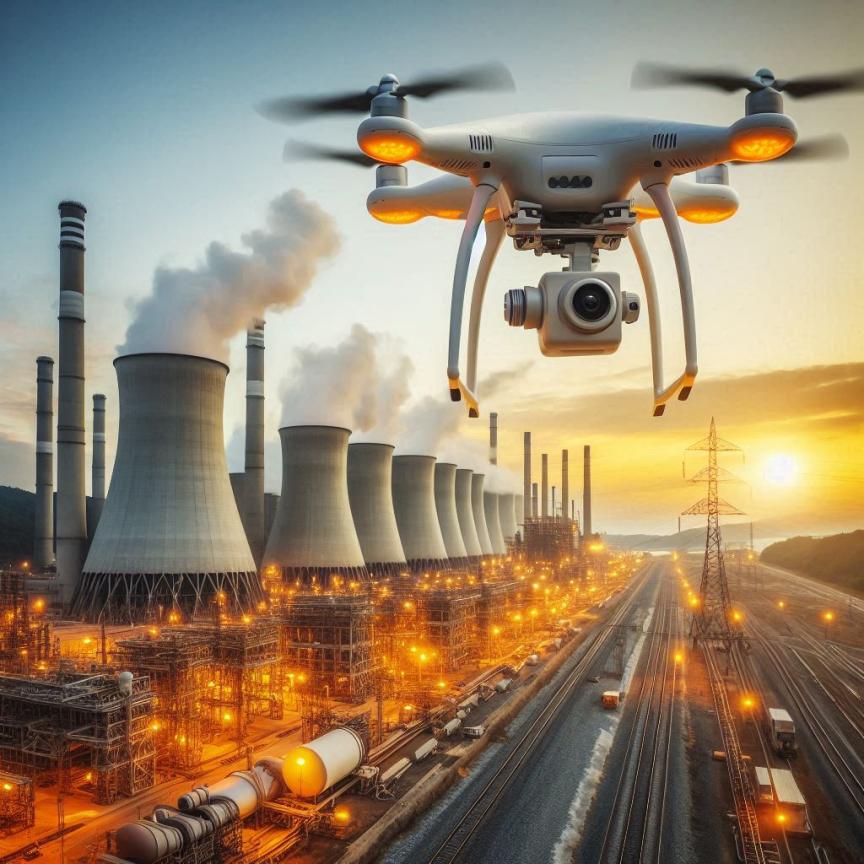The ITER project is one of the largest scientific collaborations in history, which aims to demonstrate that nuclear fusion is viable as an abundant source of clean, safe energy. Greg Blackman speaks to Dr Alessandro Tesini at ITER about the imaging capabilities planned for the fusion reactor
In 2027, if all goes to plan, the ITER project will begin to produce energy by nuclear fusion, the same source of energy that powers our Sun. This in itself is not new – there are experimental nuclear fusion reactors already in existence – but as the largest and most ambitious project of its kind, ITER will aim to demonstrate that nuclear fusion is a viable source of energy for future generations and one that can replace fossil fuels and nuclear fission. It is one of the largest scientific collaborations in history, costing €13 billion and with 34 nations represented all in a bid to show that nuclear fusion can help power the world.
Construction has already begun at the site in Paul-lez-Durance in France – the seismic isolation pit is in place to protect the structure against earthquakes and pouring for the 1.5m-thick slab that will make up the floor of the 360,000-ton tokamak complex will begin in August. Nevertheless, assembly of the giant tokamak reactor is not expected to be completed until 2019, while the first plasma won’t be produced until 2020 and the machine won’t go nuclear until 2027.
The imaging capabilities planned for ITER include a viewing-metrology system – the In-Vessel Viewing System (IVVS) – for inspecting the interior of the vacuum chamber during reactor maintenance shutdowns, and a system for viewing the plasma itself during fusion reactions.
Harnessing the power of the Sun has long been a goal of those studying nuclear power. Nuclear fusion is about 4 million times more energetic than a chemical reaction like burning coal, oil or gas; it emits no pollution or greenhouse gases; there’s no high-level radioactive waste; and, according to Dr Alessandro Tesini, remote handling section leader at ITER, it is ‘intrinsically safe’. He explained that there’s no chance of a runaway reaction or nuclear meltdown, because any deviation from the ideal operating conditions will cause the reaction to shut down by itself.
The reaction inside ITER will fuse two hydrogen isotopes, deuterium and tritium, at temperatures of 150,000,000°C to yield energy. ITER will aim to deliver 10 times the power it consumes, making it the first fusion reactor to produce net energy.
The whole process relies on the formation of a plasma, a hot, electrically charged gas where hydrogen and deuterium nuclei fuse together. The plasma can erode the surface of the chamber releasing impurities, which reduces the efficiency of the reaction. ‘Assessing the extent of this erosion is important to decide if and when to replace the chamber inner wall components,’ explained Tesini.
Images from the IVVS will be used to gauge the extent of surface damage on the vacuum chamber inner wall and to estimate the quantity of dust accumulating inside the chamber from erosion. ‘There is no better way than seeing [the inside of the chamber], despite the fact that the chamber will be equipped with several diagnostic systems,’ said Tesini.
The viewing system is based on laser ranging and has a resolution of less than 1mm at 3.75m distance. The laser scanning probes provide both a greyscale image of the chamber wall and a calibrated 3D map of the surface for metrology.
The IVVS probes will operate under vacuum and under a magnetic field 200,000 times higher than that of the Earth. Magnets control the position and shape of the plasma inside the chamber, explained Tesini – ‘a fusion reactor is basically a big magnetic machine,’ he said. On top of that, the probe has to be able to operate in a highly radioactive environment.
Maintaining ITER
Along with the IVVS, vision will be an integral part of any maintenance activity performed outside and inside the plasma chamber, which will be carried out remotely using large tele-operated systems. Recent studies suggest as many as 500 cameras could be needed for remote handling tasks inside the plasma chamber, the Tokamak building, the Neutral Beam Injector area and the Hot Cell facility, where radioactive components will be tested or repaired.
The efficiency of remote maintenance operations relies on the quality of the viewing images and one of the challenges will be dealing with the data rates generated from streaming 500 cameras at 25fps (at 1.92 megapixels, 48-bit colour, the data rate is 144,000 MB/s, and this reaches 376,380 MB/s at 5 megapixels).
To date, a proof-of-concept video architecture has been developed in collaboration with ImagingLab and National Instruments mostly based on PXI and FPGA technology. It is compatible with a wide range of camera standards and adopts GenICam.
Tesini commented that, in terms of the IVVS, there is a four or five year programme to reach the point where the probes will be manufactured and delivered to ITER for installation. The timescales of the ITER project mean that generating net power from nuclear fusion still remains a long way off, but when it does arrive it could herald a major change in how we produce energy.

